Huawei Mate S review: handheld with care
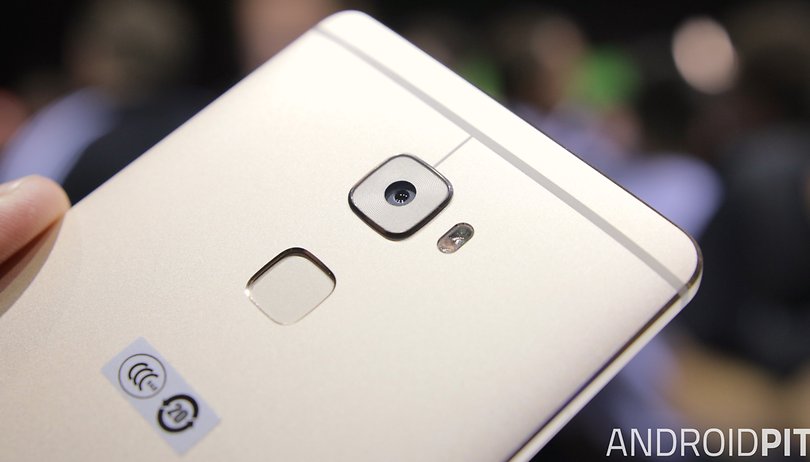

The Huawei Mate S was launched at IFA 2015 in Berlin. The Chinese manufacturer is now gunning for the smartphone sales crown against Samsung and Apple, so does its latest luxurious device deliver? Find out in our Huawei Mate S review.
Good
- Unparalleled design and build quality
- Good performance
- Excellent fingerprint scanner
Bad
- Relatively high price
- You could be waiting a while for Marshmallow
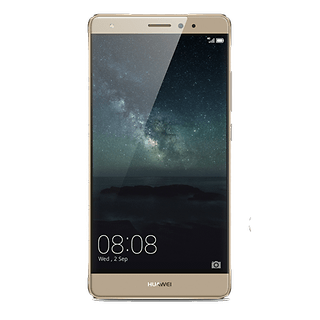
Huawei Mate S release date and price
The Huawei Mate S release date is set for the end of September in more than 30 countries including the UK. However Huawei has confirmed that the device will not be available in the US, because it is focusing on other devices for this market.
The Huawei Mate S price is set at £469.00 for the 32 GB version. The new handset is available for pre-order from the Huawei V MALL online store.
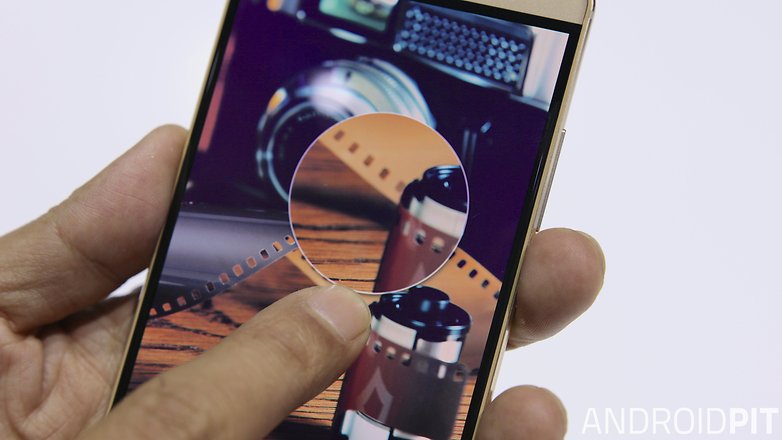
We still have no reliable information on the price of the 64 GB version but it is likely to cost €699 (around £512). The Force Touch variant with 128 GB internal storage won't arrive until December, and we can only speculate on the price at this point. Anything under €799 can probably be ruled out though.
Huawei Mate S design and build quality
The Mate S is one of the nicest-looking devices we’ve ever seen or held. It screams "premium" at every turn. From the polished aluminum edges, to the frame around the camera and the fingerprint sensor, the Mate S is a gem.
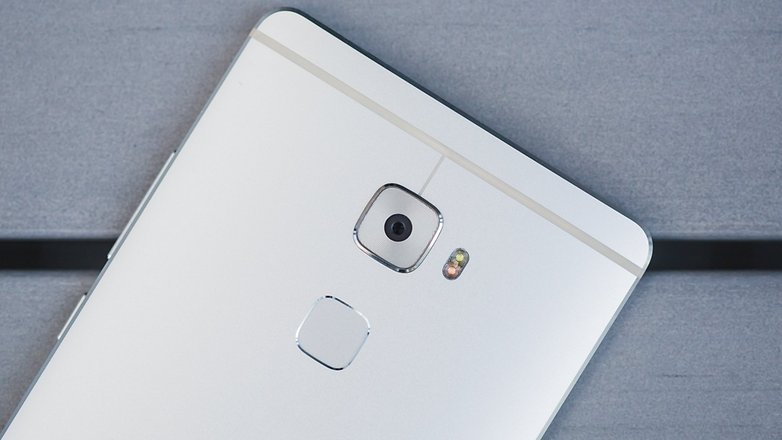
The design of the Mate S impressed me when I first laid eyes on it, but the metal body is just as beautiful in the hand. The smoothed edges are comfortable to hold, the buttons are easily reachable and the rear-mounted fingerprint sensor is in an convenient position.
The smooth aluminium rear does make the device quite slippy though, particularly if you're not used to this type of handset body. If you’re more familiar with plastic or textured devices, take extra care when handling the Mate S, otherwise it could be easily dropped.
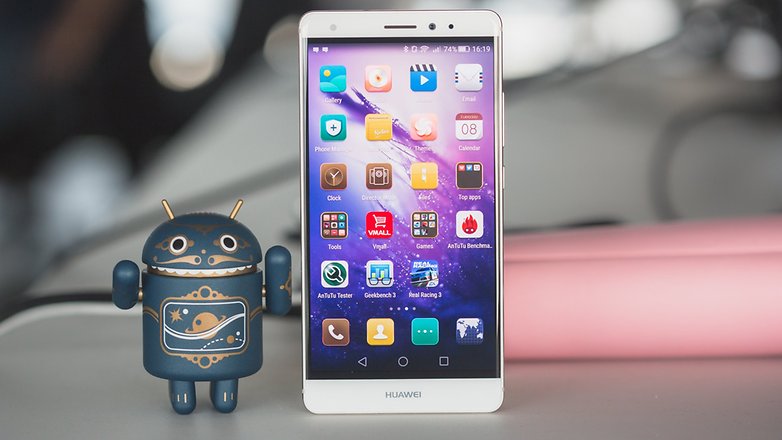
The design of the Mate S is a cross between Huawei's phablet series, specifically the Mate 7, and its smaller phones, like the Huawei P8. It combines the best of both to create something even more aesthetically pleasing.
The back of the Mate S is subtly curved, which is clear when you look at the top and bottom of the device. The stereo speaker placement at the bottom of the device will not please everyone, but this setup in the lower housing is now almost de rigueur these days (see the Galaxy S6, OnePlus 2, iPhone 6, etc).
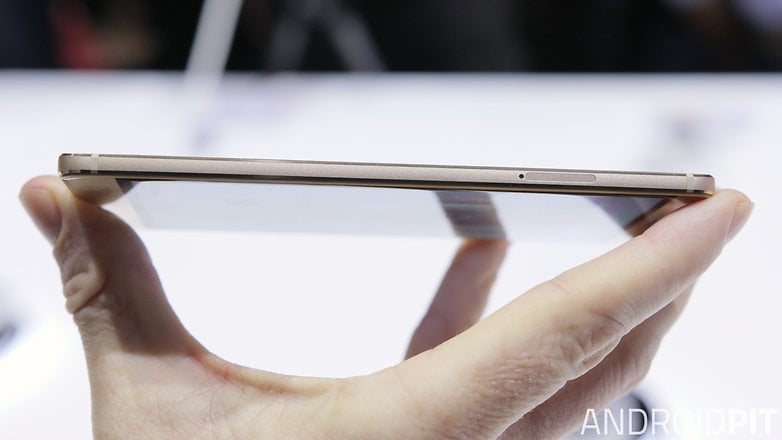
The Mate S camera is large and centered, another design choice that may upset some people. That said, it doesn't protrude like the camera on the Galaxy S6, for example, and you're less likely to cover the lens by accident. Despite the slight curve on the Mate S's rear, the handset is quite stable when lying flat on a table, and can be operated without problems.
if you're looking for a premium handset in the near future, you should at least consider the Huawei Mate S, because I'm not sure if there's another smartphone on the market that can top it.
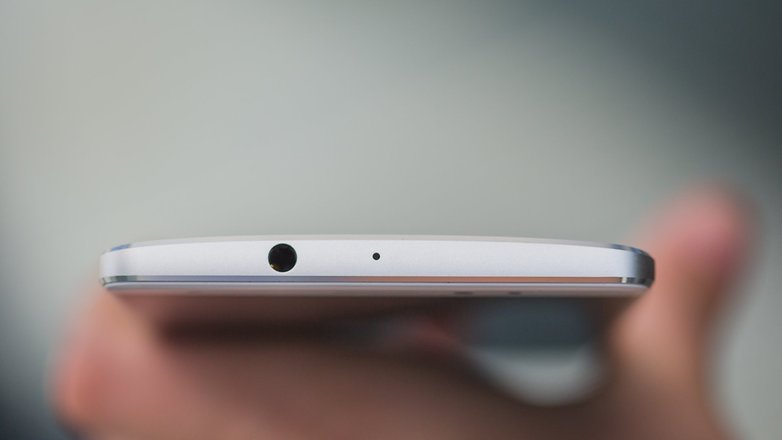
Huawei Mate S display
The Mate S packs a 5.5-inch Full-HD (1,920 x 1,080 pixel resolution) display with 2.5D Gorilla Glass and 401 pixels per inch. The 1,080p resolution appears more than adequate; even upon close inspection the pixels remain undetectable. Within the software is a digital software slider to make the display appear warmer or cooler to suit your taste. It's a neat addition, but I'd recommend the default setting.
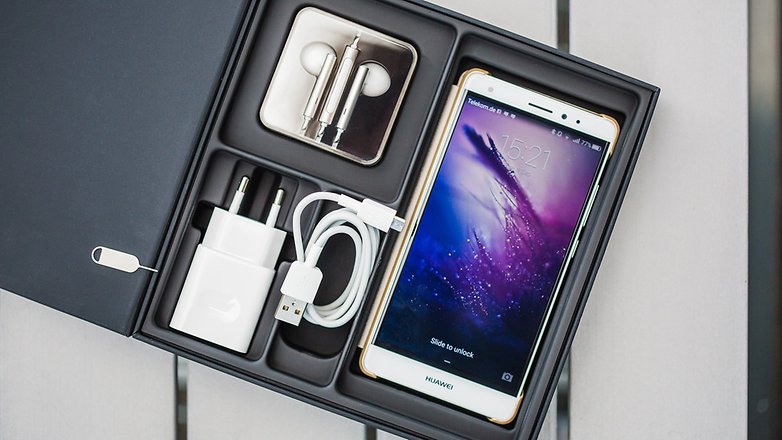
The edges of the display are slightly curved at the sides, which has been referred to as 2.5D glass since the introduction of the iPhone 6. It's a small detail, but a welcome one, even if it's purely aesthetic.
A 5.5-inch device isn't exactly small, but operating it with one hand wasn't difficult. I'm one of those users who insists on one-handed operation, which is why I always pay close attention to this. I immediately noticed how easy the Mate S was to hold. The display is also beautifully optimized, taking up almost 75 percent of the surface area of the body.
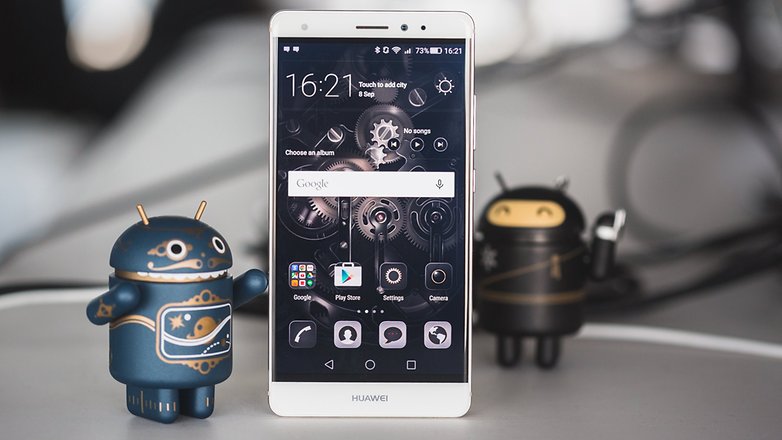
The Mate S will also be available in a 'luxury' version, with Force Touch technology. This will be able to interpret the pressure applied to the display to offer different functions depending on the strength applied. Sadly, this won't be available until later in the year, but you can read about what Force Touch is and why you’re going to want it at the link.
Huawei Mate S special features
It's becoming less and less of a 'special' feature, but the Mate S also has a fingerprint sensor. It's surprisingly fast and accurate: I actually struggled to make it not recognize my fingerprint. I don't know of a smartphone fingerprint sensor that currently works better.
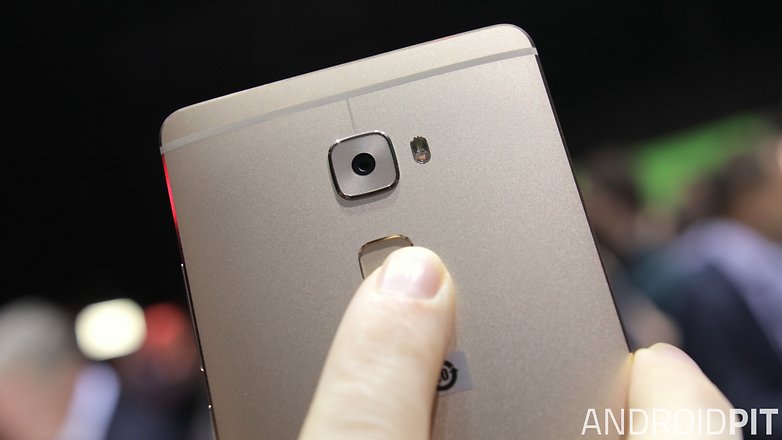
In my opinion, the placement on the back is ideal, although I have to admit that Sony's solution of placing the sensor on the side of the device also makes sense. My finger automatically drifts toward the area where the sensor is attached, so it's easy to become accustomed to.
You can use the fingerprint sensor to unlock the device, receive calls, open the camera and swipe through picture galleries. It's extremely versatile.
Huawei Mate S software
The Mate S is running Android 5.1.1 Lollipop Huawei’s EMUI 3.1 user-interface. This is exactly the same software that can be found on Huawei’s Honor 7. The only distinctions between the two interfaces are in the preinstalled apps and themes.
You will notice that colorscheme has been adapted to reflect the Mate S’s champagne palette, with golden accents and icons. It’s subtle, but shows keen attention to detail from the Huawei devs.

You can read all about Huawei's EMUI interface in our Huawei P8 review, so I won't go over it again here. Something I did learn this time around however, is that if you want to install an alternate launcher, such as the Google Now Launcher, it's a little trickier with EMUI 3.1 than most other interfaces. You need to go to Settings > Manage Apps > default app settings > launcher to do so.
It’s not the end of the world, but it’s a convoluted process, especially in comparison with other Android devices. If you don’t want your device to look like an iPhone forever, though, I predict you’ll come across this setting before long.
Another software disappointment on Huawei’s behalf is the update cycle. Huawei’s EMUI is probably among the interfaces that are most different from the stock Android design, and because it has been adapted more than most other third-party UIs, Huawei has tended to lag behind when it comes to issuing Android updates.
When we caught up with Huawei during IFA 2015, the manufacturer promised that it was trying to address this issue. We hope that Huawei rolls out Android 6.0 Marshmallow more quickly than it did Lollipop.
Huawei Mate S performance
The Mate S is equipped with almost identical hardware to the Honor 7 including a HiSilicon Kirin 935 processor. Four of the eight cores of are clocked at a maximum of 2.2 GHz, while the remaining four have a maximum of 1.5 GHz, providing enough power to carry it through almost every task easily.
The internal memory comes in at 32 GB and can be expanded up to 128 GB via MicroSD card. Unfortunately, Huawei has omitted dual SIM capability on its latest device – although the Honor 7 has it – which is a shame, because this feature would have been easy to include and would have added value to the phone.
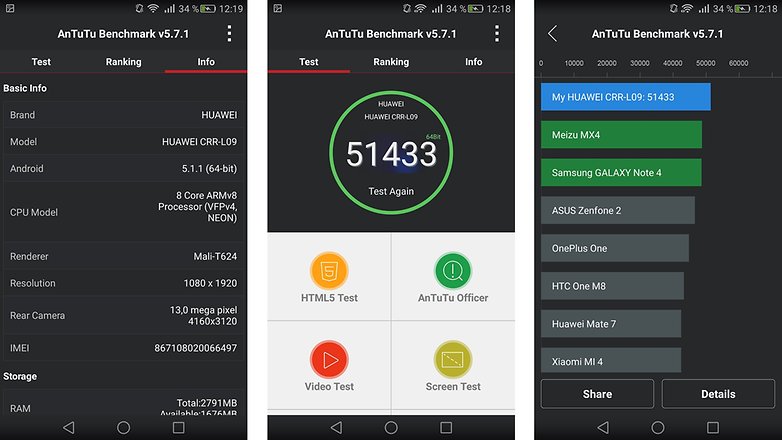
Though strong, Huawei’s Mate S performance can’t compete with the top flight Android handsets. Those with the Qualcomm Snapdragon 810 or Samsung's Exynos 7420 are clearly in the lead. The AnTuTu benchmark score for the Mate S comes in at 52,000 points. For comparison: the OnePlus 2, complete with 4 GB RAM and a Snapdragon 810 processor, manages just over 62,000 points. The Samsung's Galaxy S6 Edge, with a Exynos 7420, has 67,000 points.
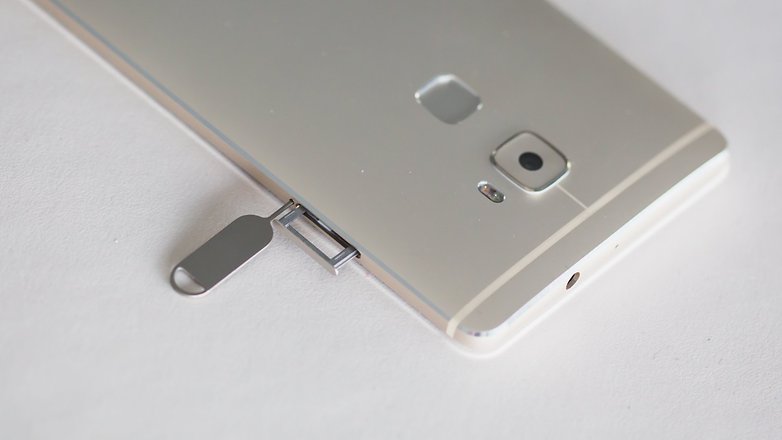
Benchmark values don’t provide the full picture, of course, and what’s important is the general feeling of the smartphone in daily use. The Mate S is free from any problems that inefficient processing can create. Screen transitions are smooth, apps open quickly, and although the device did warm up under heavy load, it never reached a point where it was uncomfortable, even with its metal body.
The Mate S has never crashed as a result of heat generated, which cannot be said of some other modern flagships.
Huawei Mate S audio
The Mate S audio setup is deceptive. Though it appears to have a right and left speaker on the bottom of the handset, media is only played in mono through the bottom right speaker. Despite this, the audio quality is surprisingly clear, sharp and loud. The voice calls are also crystal clear, even in noisy environments such as the subway.
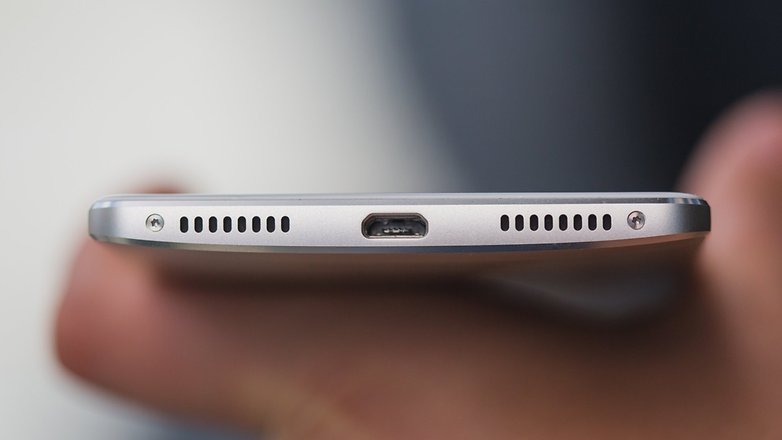
Huawei Mate S camera
Huawei isn’t known for outstanding camera quality, but the P8 camera was a step in the right direction. Huawei hasn’t taken things much further since then, utilizing the same 13 MP camera (IMX278) with an f / 2.0 aperture lens and dual-LED flash.
It should come as no surprise then, that the Mate S delivers similar pictures as the P8. The quality of the photographs is good, but not great. When viewed alongside the Samsung Galaxy S6 or LG G4, it’s plain to see that the Huawei Mate S has poorer color reproduction and definition.
Selfie obsessives will enjoy the 8 MP front-camera, particularly when the photos are combined with Huawei’s Beauty Shot mode, which acts as a one-touch fix for your snaps. The front camera flash can can also brighten photos taken at a short distance with excellent results. If you’re in a dark environment, like a club, you will no doubt be pleased with the photos achieved.

Huawei Mate S battery
The non-removable battery of the Mate S is, on paper, its biggest weakness. It’s especially disappointing when you consider that Huawei released the Ascend Mate 7, with its monstrous 4,100 mAh battery, only last year. With a 2,700 mAh capacity, the Mate S battery is below average in an era where even the biggest batteries seem too small.
Despite this, devices like the Samsung Galaxy S6 have managed to prove that smaller batteries can still lead to an acceptable experience, and the Huawei P8 has already impressed with its 2,680 mAh cell us this year.
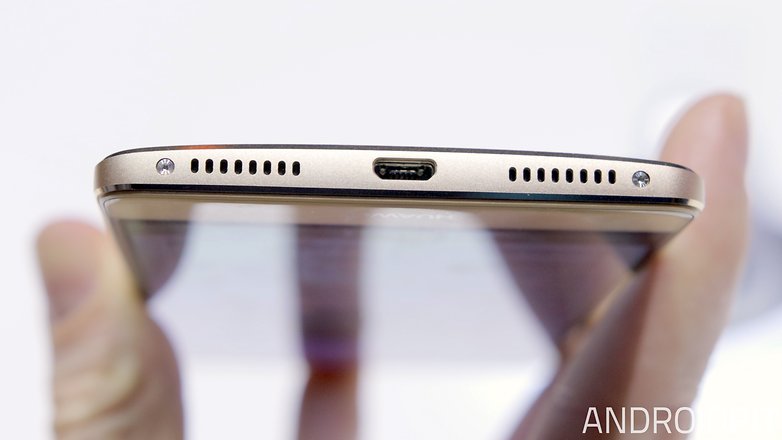
Our early fears of the Huawei Mate S battery performance have now been cast aside. From a full charge, the battery life was still above 45 percent after a 12-hour day of normal use. In this instance 'normal use' means I took photos and edited them, made about an hour's worth of calls, checked emails, used the internet, sent messages, and played Real Racing 3.
When the Mate S does run out of juice it can be boosted with an extra two hours of battery life in just 10 minutes thanks to its Quick Charge functionality. Unfortunately, it doesn't have wireless charging, but that’s the price to be paid for the metal unibody design.
Huawei Mate S technical specifications
Final verdict
I don’t think the Huawei Mate S can be topped for aesthetics and design: the construction is near perfection. In terms of performance, there is nothing to complain about either. The camera is fine. The battery is good. The handset presents no glaring flaws or problems.
But during this Huawei Mate S review, I couldn’t shake thoughts of the Honor 7. The flagship device of Huawei’s other brand costs £249.99, a little over half the price of the Mate S, with a similar metal housing and a superior camera. What's more, the Honor 7 features a physical shortcut button on the left side of the case, which can be assigned to anything, and has proven useful in everyday life.
True, the Honor 7 processor isn’t as good, but most flagship processors are overkill anyway. The price-performance ratio is far more compelling on the Honor handset. But alas, this isn’t the Honor 7 review, and the Mate S is a highly accomplished smartphone in its own right. It could easily make you forget all about Samsung, LG, Sony and the rest, and that says a lot.
What do you think of the Huawei Mate S? Let us know in the comments below.



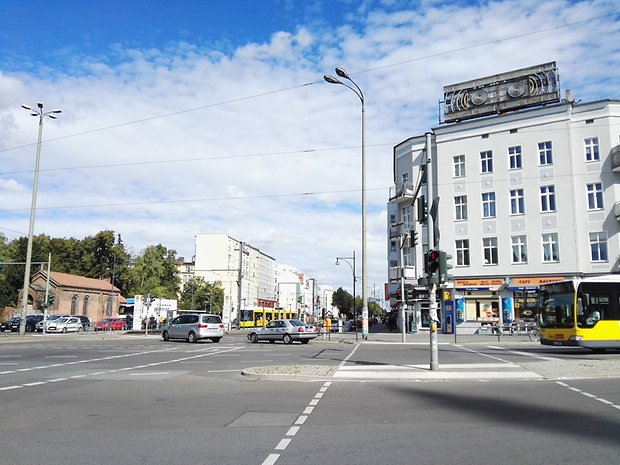
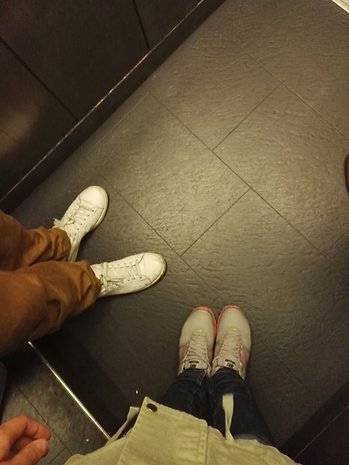


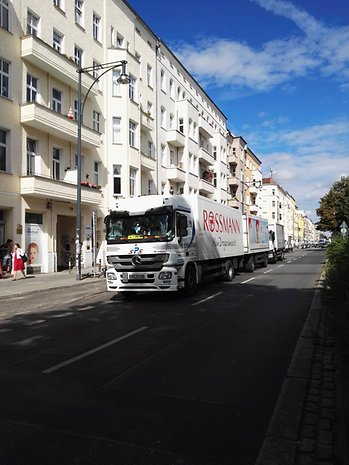

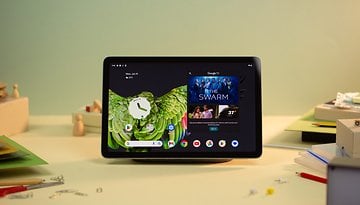
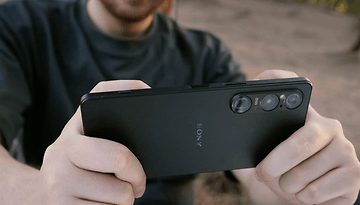
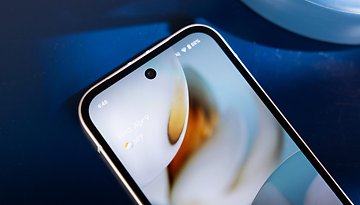




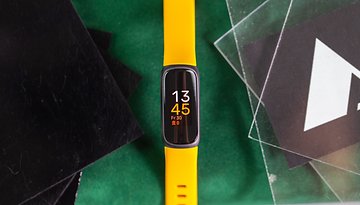




Can you one tell me how is mate S , is it good or bad or ok to have it, please let me know
It was fine when it was first released, but the lack of battery and older hardware make it pretty obsolete by now. Wait for the Mate8 to drop price and buy it instead. It has all the features of the Mate S with much better hardware and battery.
Double SIM slots may affect the performance?
Why the battery capacity just 2700mAH?rear camera why not 20mp?13mp just same as mate7,nothing improve for the rear camera.
Just another Huawei device that might/might not get an over delayed OS update
You know, I honestly don't see the point of an Android update on a Huawei device. There's little point, and there's no difference. In the long run it might be a bit of a problem, but that's a long, long time.
Well, a good mobile phone, a perfect design with a good 13 mega pixels camera seems like Huawei is going to give tough time to their competitors..
I just fell in love with this phone